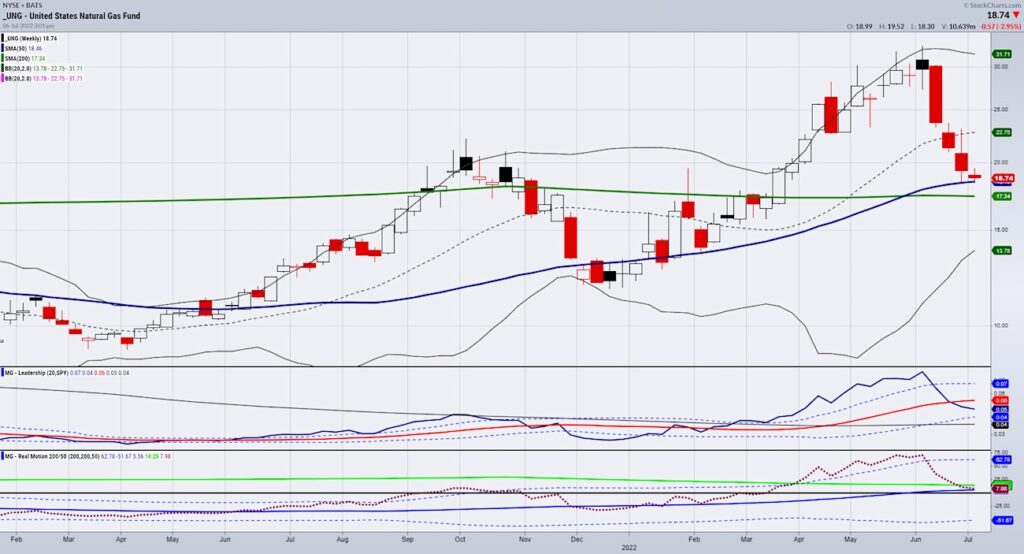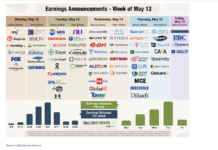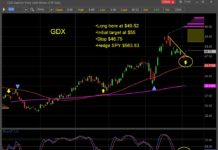
Global demand for natural gas continues to skyrocket in the wake of Russia’s invasion of Ukraine.
Over the last year, demand for LNG has risen incredibly, as have LNG stockpiles. The United States is competing with Australia and Qatar for the world’s largest exporter of natural gas to supply Europe.
With Russian natural gas supplies essentially off the table in Europe, natural gas prices are projected to rise much further. Russia furnished half of the European Union’s gas imports in 2021.
The conflict and sanctions have caused a price differential and supply disruption between the US and European LNG. Europe’s energy markets are greatly disadvantaged.
On the demand side, European power costs soared late last year, even before Russia invaded Ukraine. That is also one of the underlying structural reasons suggesting that a recession will most likely not permanently cure rising natural gas prices in Europe.
Then, with all the strong fundamentals, why has natural gas futures fallen so hard so fast?
Natural gas futures are extraordinarily volatile and recently fell 18% in a month. Supply remains extremely tight. Furthermore, today Bloomberg put out a story that the cost of sand has spike 150% in Texas.
The COVID rebound, like so many other parts of the economy, continues to create mismatches, supply chain constraints, and dislocations. Frackers are having issues with sand supply and have seen disruptions, labor shortages, and trucking bottlenecks.
Still, companies, governments, and investors continue to consume, produce, and supply energy and at the same time society is developing renewable energy plans, including renewable natural gas and hydrogen, to reduce emissions and meet global net-zero targets.
Where Technicals and Fundamentals Meet
The weekly chart shows the major support at both the 50 and 200-week moving averages. Should UNG clear the 200-DMA very soon, then one could enter long in anticipation that the price versus fundamentals became dislocated, and trade it with a very tight risk under recent lows.
Stock Market ETFs Trading Analysis & Summary:
S&P 500 (SPY) 378-380 support zone
Russell 2000 (IWM) Support is 170 and needs to clear 174 to stay in the game
Dow Jones Industrials (DIA) 307 support and needs to clear 315
Nasdaq (QQQ) 282.50-283 pivotal and 290 resistance
KRE (Regional Banks) 56 the 200 WMA 60 resistance
SMH (Semiconductors) 200 resistance
IYT (Transportation) 211.90 support with resistance at 220
IBB (Biotechnology) Needs to hold 120
XRT (Retail) 59.24 pivotal support.
Twitter: @marketminute
The author may have a position in mentioned securities at the time of publication. Any opinions expressed herein are solely those of the author and do not represent the views or opinions of any other person or entity.








